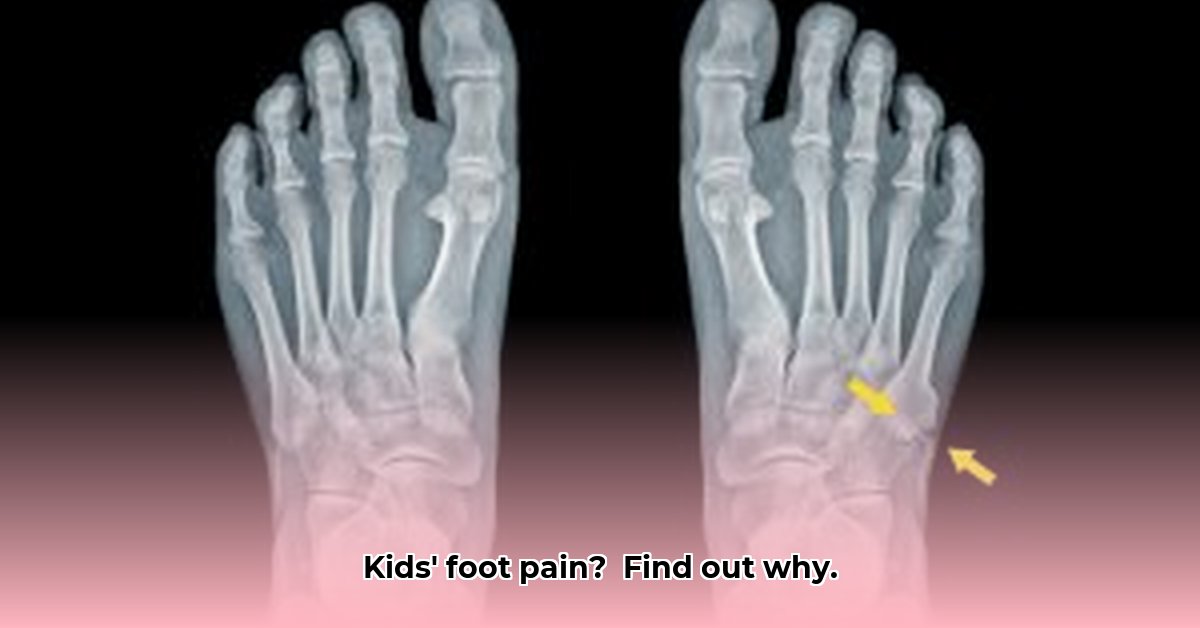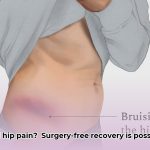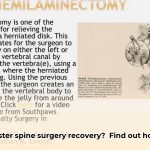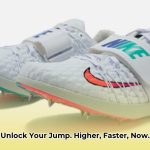Is your child complaining of persistent pain after a fall or sports injury? Understanding growth plate fractures is crucial for every parent. These unique injuries affect children and adolescents because their bones are still developing. This guide provides comprehensive information on growth plate fractures, helping you recognize symptoms, understand treatment options, and support your child’s recovery.
Understanding Growth Plates: The Foundation of Bone Growth
Growth plates, also known as physes, are areas of cartilage located at the ends of long bones in children and adolescents. These plates are responsible for bone lengthening and growth until the child reaches skeletal maturity. Think of them as construction zones where new bone cells are actively at work. Because growth plates are weaker than mature bone, they are more susceptible to fractures.
What are Growth Plate Fractures?
A growth plate fracture occurs when there is a break in this area of cartilage. These fractures are distinct from adult fractures because they involve a growing structure. Understanding these fractures is crucial for preventing long-term complications.
Common Causes of Growth Plate Fractures
Growth plate fractures often result from acute injuries, such as:
- Falls
- Sports-related trauma
- Motor vehicle accidents
Overuse injuries, common in young athletes, can also lead to growth plate fractures due to repetitive stress on the bone.
Recognizing the Symptoms: What to Watch For
Prompt identification of growth plate fracture symptoms is essential for timely treatment. Common signs include:
- Persistent pain or tenderness near the end of a long bone
- Swelling
- Difficulty moving or bearing weight on the affected limb
- Visible deformity or angulation of the limb
If your child exhibits any of these symptoms, seek immediate medical attention.
The Salter-Harris Classification System: Understanding Fracture Types
The Salter-Harris classification system categorizes growth plate fractures into five types, based on the location and extent of the fracture. Each type carries different implications for treatment and potential long-term effects.
- Type I: Fracture through the growth plate.
- Type II: Fracture through the growth plate and metaphysis (the wider part of the bone shaft next to the growth plate).
- Type III: Fracture through the growth plate and epiphysis (the end of the bone).
- Type IV: Fracture through the metaphysis, growth plate, and epiphysis.
- Type V: Compression or crush injury to the growth plate.
Types I and II are more common and often have favorable outcomes, while Types III, IV, and V may lead to growth disturbances if not properly managed.
Diagnosis: How Growth Plate Fractures are Identified
Diagnosing a growth plate fracture typically involves a physical examination and imaging studies.
- Physical Examination: The doctor will assess the area for tenderness, swelling, and deformity.
- X-rays: Standard X-rays are the primary imaging tool to visualize bone fractures.
- MRI or CT Scans: In some cases, additional imaging such as MRI or CT scans may be necessary to evaluate the extent of the injury.
The diagnostic process helps determine the fracture type and guide appropriate treatment strategies.
Treatment Options: Restoring Proper Bone Alignment
Treatment for growth plate fractures varies depending on the fracture type, severity, and location. Common methods include:
- Immobilization: Casting or splinting is often used to stabilize the fracture and allow it to heal.
- Closed Reduction: If the bone fragments are displaced, the doctor may perform a closed reduction to realign them without surgery.
- Open Reduction and Internal Fixation (ORIF): Severe fractures may require surgery to realign the bone fragments, often using pins, screws, or plates to maintain proper alignment.
The goal of treatment is to restore proper bone alignment and minimize the risk of growth disturbances.
The Healing Process: What to Expect During Recovery
The healing time for growth plate fractures varies, depending on the fracture type and the child’s age. Generally, it takes several weeks to months for the bone to heal completely.
- Follow-up Appointments: Regular follow-up appointments are crucial to monitor healing and assess for any complications.
- Physical Therapy: After the cast is removed, physical therapy may be necessary to restore strength, range of motion, and function.
- Activity Restrictions: Your child will need to avoid high-impact activities until the fracture has fully healed.
Potential Complications: Understanding the Risks
Although most growth plate fractures heal without long-term issues, complications can occur. These may include:
- Growth Arrest: Damage to the growth plate may cause premature closure, leading to limb length discrepancies or angular deformities.
- Malunion: Improper healing can result in misalignment of the bone.
- Joint Stiffness: Prolonged immobilization can lead to stiffness in nearby joints.
Early detection and management of these complications are essential to optimize long-term outcomes.
Prevention Strategies: Protecting Your Child’s Growing Bones
While not all growth plate fractures can be prevented, you can take steps to reduce your child’s risk:
- Proper Protective Gear: Ensure your child wears appropriate protective gear during sports and recreational activities.
- Safe Play Environments: Supervise children closely and ensure play areas are free of hazards.
- Strength and Conditioning: Encourage age-appropriate strength and conditioning exercises to improve bone health.
- Avoid Overtraining: Prevent overuse injuries by limiting repetitive stress on growth plates.
When to Seek Medical Attention
Seek immediate medical attention if your child experiences:
- Severe pain after an injury
- Inability to bear weight on the affected limb
- Visible deformity or swelling
- Numbness or tingling in the limb
Prompt evaluation and treatment can help minimize potential complications and promote optimal healing.
Questions to Ask Your Doctor
During your child’s appointment, consider asking the following questions:
- What type of growth plate fracture does my child have?
- What treatment options are available?
- How long will the healing process take?
- What are the potential complications?
- What activity restrictions are necessary?
- When can my child return to sports or other activities?
Open communication with your healthcare provider is essential for making informed decisions about your child’s care.
Supporting Your Child’s Recovery
Supporting your child’s recovery involves both physical and emotional care.
- Follow the doctor’s instructions carefully.
- Ensure your child gets adequate rest and nutrition.
- Provide pain relief as prescribed.
- Offer emotional support and encouragement.
- Help your child stay positive and engaged during the recovery process.
By understanding growth plate fractures and taking appropriate measures, you can help your child heal properly and return to their favorite activities. Growth plate fractures require proper treatment and care to ensure children grow into healthy adults.
- Find Premium Personal Growth Clipart Now: Boost Your Content - October 19, 2025
- Unlock Your Potential: Top Personal Growth Blogs 2024 - October 16, 2025
- Discover Unforgettable Yachting Experiences for Personal Growth: Transform Your Life at Sea - October 14, 2025
















